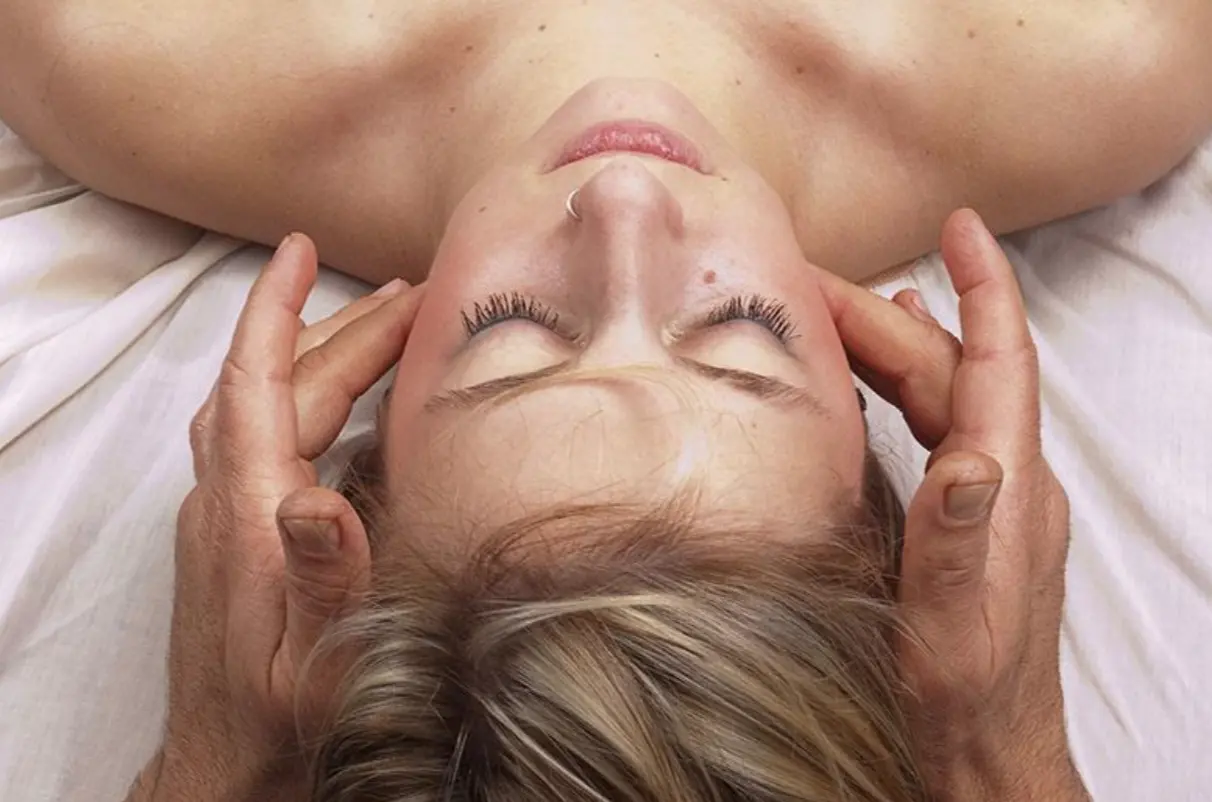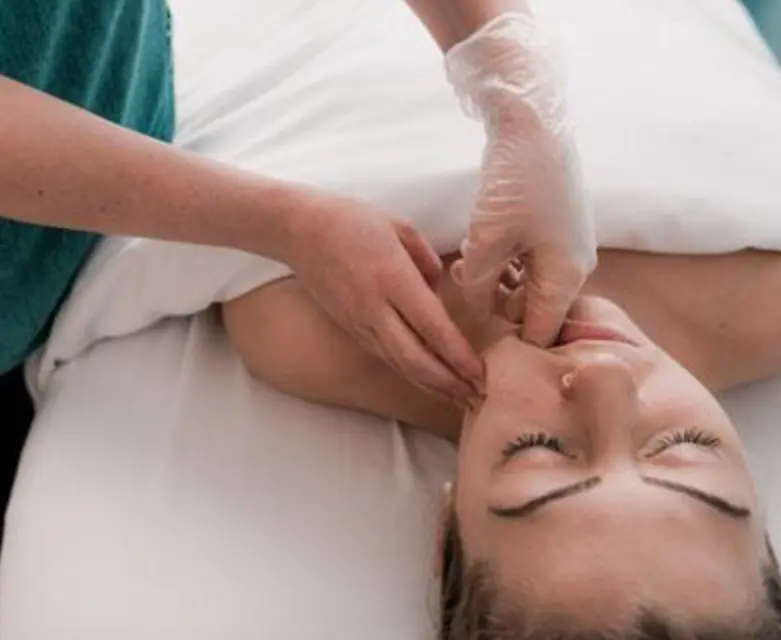- The work we do together addresses long standing muscular and fascial restrictions, trigger points, and also factors in your stress levels and addressing nervous system dysregulation.
Benefits of TMD massage:
- • Less pain and tension, better range of motion
- • More restful sleep
- • Long lasting healing and relief
- • Decreases anxiety and depression
New patient: $150
- • Hands on time 40 minutes; includes myofascial bodywork, trigger point therapy, breathwork.
- • Detailed intake and assessments.
- • Does not include intraoral massage in initial visit.
- •
Single Session / $100
- • Hands on time 40 minutes, may include detailed assessment and follow up before and after each session
- • Intraoral massage, trigger point therapy, myofascial release and breathwork
- •
TMD Massage Packages:
- •
- •
30 Min Follow up: $80
- • Hands on time 30 minutes, +/- introral massage.
- • Available after completion of initial series of 6 total sessions.
- •
What happens in the first visit?
You’ll undress to your level of comfort, remove any jewelry, and lay down on the heated massage table, where you’ll receive bodywork individualized for you. The work is slow and intentional, and each extremity is worked on outside of the sheets and then carefully placed back underneath. I use bolsters sometimes under knees, ankles, and sometimes pillows to support the neck or legs, so you can be as comfortable as possible. I use minimal massage cream or shea butter. All services are scent free. I use organic cotton or blend sheets with scent free laundry soaps.
-
• As a new patient, you'll receive a detailed assessment prior to the massage, including reviewing the intake form that is ready to download here. Please fill out and bring with you if possible. There is also a paper intake available in the office (but plan to arrive 10 minutes prior to your appointment time if you’ll be filling out the intake form in the office).
-
• ~40 minutes hands on massage and bodywork that covers the neck, back, head, jaw, and pecs, all externally. (sessions 2-6 offer intraoral massage as needed).
-
• Receive a post massage assessment and discuss a plan for how to best move forward.
What to expect after your massage:
- • Pain relief usually begins with the first visit. Best results are obtained from 6 weekly sessions.
- • Individualized care that addresses different patterns of myofascial and neuromuscular restrictions and trigger points.
- • Each session builds upon the last, in essence training your muscle fibers to be more balanced and in alignment.
- • Further recommendations for complimentary care (chiropractic, PT, or other practitioners) may be offered after the initial series of 6 sessions. I don’t typically recommend other treatments simultaneously during the TMD massage series because it is good to know what is/is not working and if there are multiple treatments it can be difficult to assess.
- • Written take home instructions!
Important Note:
• It is common to have emotions surface during or after a TMD session. This is completely normal and makes a lot of sense, because if we are under a lot of stress or in pain, we tend to tense up our muscles and that tension holds onto those emotions (anger, frustration, sadness, stress), so when we release them, they have to go somewhere! In my experience its difficult to hold on to those emotions and releasing them can be quite liberating for many people.
Symptoms associated with TMD:
- • Headaches
- • Anxiety
- • Nervous system dysregulation
- • Jaw pain/tension/cracking
- • Decreased range of motion in jaw, neck and/or spine
- • Insomnia
- • Pains referring to the neck, head, back


What causes TMD? TMD disorders may relate to:
- • Bruxism; grinding teeth during sleep
- • Head and neck muscle tension
- • Injuries
- • Trauma
- • Stress-related
- • Arthritis
